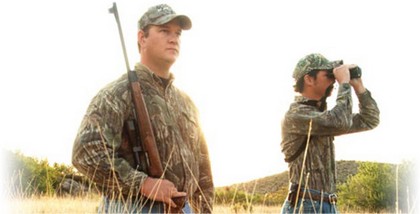With the human population increasing in Texas, there is a definite need for more public hunting lands. And soon there may be more places for Texans to hunt! The Texas Parks and Wildlife Department (TPWD) has been awarded $813,068 for the first year of a potential three year grant totaling $2.4 million from the United States Department of Agriculture (USDA) to improve public access to wildlife recreation on private land.
“This public access grant is fabulous news for hunters, anglers, paddlers, birders and others across Texas,” said Linda Campbell, TPWD Private Lands and Public Hunting Director. “Along with river access projects, this important funding will allow us to continue to grow the Texas public hunting program, a high priority for hunters and TPWD, even in these challenging budget times,” she said.

With expected budgetary cuts, the state’s small game/dove lease program was expected to face a 15 percent cut, but with the USDA grant the program may actually see an increase in funding. Under the two-year-old grant program, TPWD will expand the available acreage of the state’s current small game hunting lease program, which includes white-winged and mourning dove hunting. New leases are expected around major metropolitan areas and interstate travel corridors.
The grant will also allow TPWD to increase the availability of public pronghorn, mule deer and whitetail deer hunting and establish additional river access points for fishing, paddling and wildlife viewing.
To achieve these goals, TPWD will hire four biologists to work directly with landowners and field staff to identify additional lands to lease for public hunting and recreational access. Biologists will also continue to work with landowners to manage and improve wildlife habitat on the leased property.
In addition to improving Texas public hunting land access, TPWD plans to use the grant to lease access points on rivers across the state. With these additional access points, for example, paddling trails down the Llano and Colorado Rivers could be broken into shorter, more reasonable stretches to enhance access for paddling, canoeing, kayaking, birding and other recreational waterway activities.